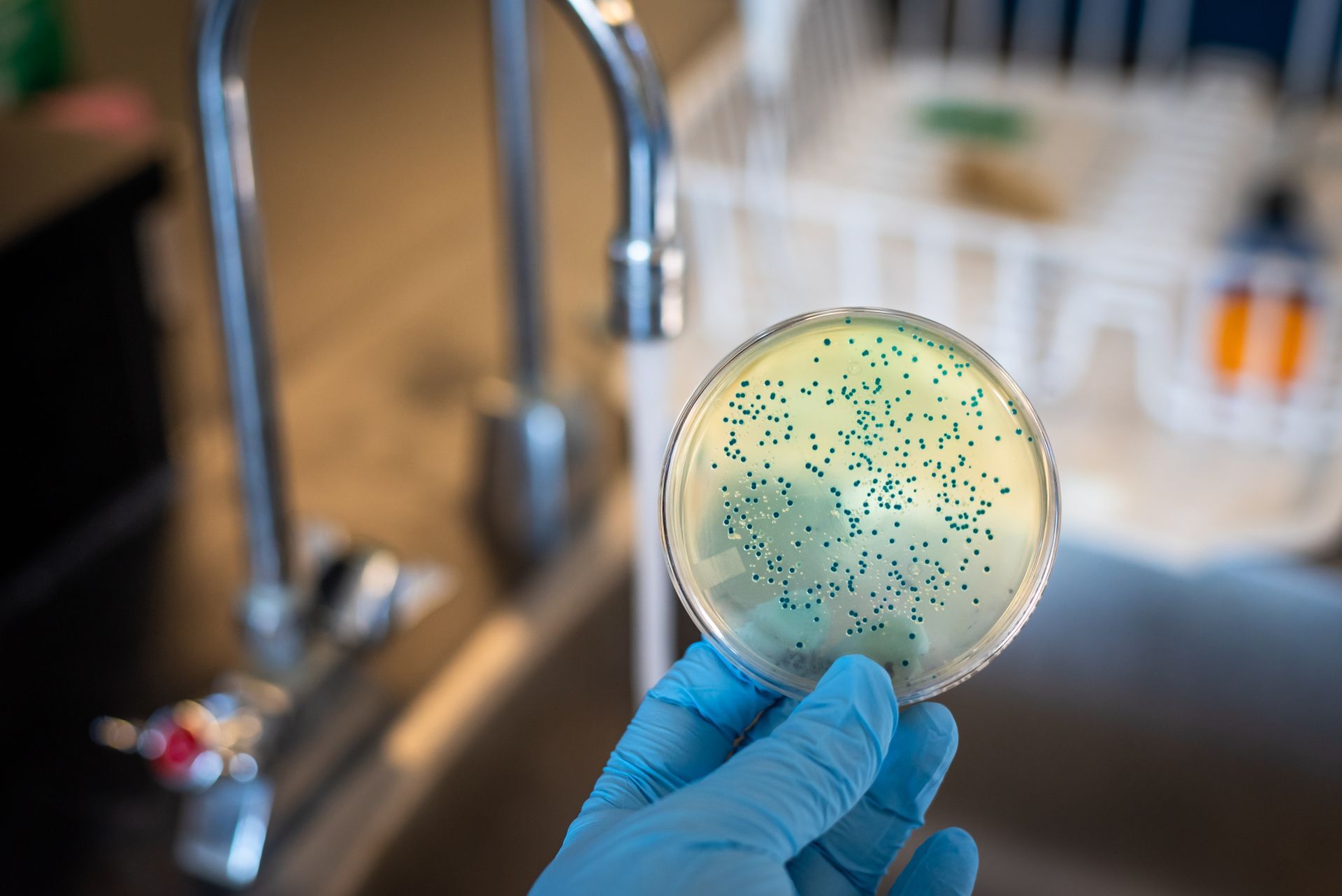
Lead
Pharmaceuticals
Chlorine
VOCs
Mercury
Herbicides
Pesticides
Toxins in tap water
Research has found the most common PFAS chemicals, PFOA and PFOS, have probable links to high cholesterol, ulcerative colitis, thyroid disease, testicular cancer, kidney cancer, and pregnancy-induced hypertension. There is particular concern about the effect on children.
LEAD
Lead is a toxic metal that can cause damage to health even at low doses. Corrosion of household plumbing systems and erosion of natural deposits are major sources of lead pollution in public drinking water. The amount of lead found in the water varies depending on how long the water is exposed to the pipes, the amount of corrosion on the pipes, the water’s acidity and the temperature of the water. Lead in drinking water can cause a variety of adverse health effects.
CHLORINE
Chlorine is a powerful oxidant added to the water by several municipal water systems to control microbes. Chlorine can be absorbed through physical consumption as well as through your skin while bathing. Chlorine can severely dry skin and hair and cause irritating effects to your eyes and nose.
CHLORAMINES
Chloramines are formed when ammonia is added to water that contains free chlorine. Chloramines are typically added as secondary disinfectant. Chlorine and chloramine, when combined with naturally occurring materials in water, form disinfectant byproducts (DBP’s) which have been shown to cause cancer in laboratory testing.
MERCURY
Mercury is a liquid metal that can be found in various natural deposits. Erosion of natural deposits, discharge from refineries & factories, landfill runoff and cropland runoff are just a few of the ways that mercury can get into public drinking water. Being exposed to high levels of mercury over time can cause kidney damage.



